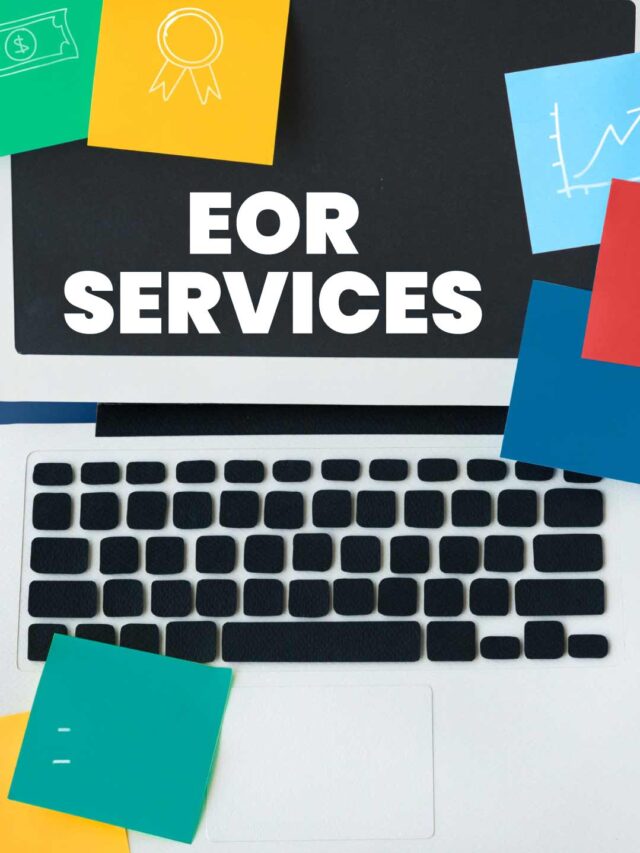
-
June 26, 2025
LUT Renewal FY 2025-26: GST Exporter’s Checklist
Introduction
If you’re an exporter in India, you need to submit a Letter of Undertaking (LUT) each year to avoid paying IGST upfront on your exports. This is a facility given under Section 16 of the IGST Act to make exports easier and cash-flow friendly. The LUT is valid only for one financial year, so it must be renewed annually. For the 2025–26 financial year, make sure to renew your LUT before 31st March 2025 to keep exporting smoothly without any tax-related delays.
What is LUT Renewal FY 2025–26: GST Exporter’s Checklist?
The LUT Renewal Checklist for FY 2025–26 is a simple blog made to help exporters in India who are registered under GST. It helps you through how to renew your Letter of Undertaking (LUT) for the financial year starting 1st April 2025 to 31st March 2026.
If you want to export goods or services without paying IGST in advance, it is necessary to renew your LUT. As per GST rules, the LUT is only valid for one financial year, so it should be updated each year to keep your exports running smoothly.
Why is it Important?
Renewing your LUT on time is important because without it, you’ll have to pay IGST every time you export something.
That means:
- Your money stays stuck until you claim and receive the refund.
- It creates extra paperwork and delays in getting your funds back.
- It can affect your cash flow and make your export process more complicated.
Keeping your LUT updated helps you avoid all these inconvenience and lets you export smoothly without paying tax upfront.
Who Can Renew an LUT for FY 2025–26?
Before you start the LUT renewal process, it’s important to check if you’re eligible. Here’s what you need to qualify:
- You must be registered under GST.
- You should be involved in exporting goods or services.
- Your business shouldn’t have any serious past issues with tax law (no prosecution for tax evasion over ₹2.5 lakh).
Renewal Deadline
Make sure to submit your LUT on or before 31st March 2025 so that it stays valid from 1st April 2025. Renewing it on time helps you avoid any breaks or delays in your export activities.
Documents Required for LUT Renewal
- Copy of the previous year’s LUT (if available)
- Details of two independent witnesses
- Digital Signature Certificate (DSC) or Electronic Verification Code (EVC)
How to File LUT Renewal on the GST Portal?
- 1. Log in to the GST Portal: Go to www.gst.gov.in and log in using your GSTIN, username, and password.
- 2. Go to the LUT Filing Section: Services → User Services → Furnish Letter of Undertaking (LUT)
- 3. Choose the Right Financial Year: Select Financial Year 2025–26 from the dropdown.
- 4. Upload Previous LUT (if needed): Keep a soft copy ready.
- 5. Enter Witness and Declaration Details: Provide names and contact info for 2 witnesses. Tick the required declarations.
- 6. Sign and Submit: Use DSC (for companies/LLPs) or EVC (for individuals).
- 7. Get Acknowledgment and ARN: Download the receipt once submitted.
What is ARN and Why It Matters?
Once you submit your LUT application, you’ll get an Application Reference Number (ARN); think of it as your digital proof that the government has received your form.
It’s a good idea to download and save the acknowledgment immediately after submission. Keeping this document safe can save you from unnecessary stress, confusion, or delays down the line.
What You Need to Do After Submitting Your LUT Renewal?
- For goods: Complete export within 3 months from invoice date.
- For services: Receive payment within 1 year of invoice (in foreign currency or INR).
- GST Returns: Report exports as zero-rated in GSTR-1 and GSTR-3B.
LUT vs Bond: Comparison Table
| Aspect | Letter of Undertaking (LUT) | Bond |
|---|---|---|
| Who can file? | Exporters with no prosecution for tax evasion | Exporters prosecuted for tax evasion or who choose not to file LUT |
| Security deposit | No security deposit required | Security deposit or bank guarantee required |
| Complexity | Simple and faster to file | More formalities and documentation are needed |
| Validity | Valid for one financial year | Valid until cancelled or modified |
| Cost involved | No upfront cost (other than compliance) | May involve cost for bank guarantee or security deposit |
| Use case | Preferred option for most exporters | Used when LUT is not allowed or opted out |
What Happens If You Don’t Renew Your LUT on Time?
- You’ll have to pay IGST upfront on exports.
- Your working capital gets blocked while waiting for refund.
- Delays in customs clearance due to extra paperwork.
In short, renewing your LUT on time saves you from unnecessary expenses and helps your exports run smoothly without financial or procedural hurdles.
Conclusion
Renewing your LUT for FY 2025–26 is an important step to ensure smooth, tax-free exports. When you renew on time and follow the rules, you avoid unnecessary payments, save time, and stay compliant with GST laws.
It also helps you maintain a steady cash flow and focus on growing your business instead of dealing with delays or refund paperwork.
Suggested Read :
How GST LUT affects Invoicing and Accounting?
Information on LUT for Exporter under GST
All You Need to Know About GST LUT
How LUT Simplifies GST Compliance?
FAQs
1. How long is an LUT valid?
It’s valid for one financial year, so you need to renew it every year.
2. Who can apply for an LUT?
Any GST-registered exporter who hasn’t been prosecuted for tax evasion over ₹2.5 lakh can file an LUT.
3. Is it compulsory to file an LUT?
Yes, if you want to export without paying IGST upfront, filing an LUT is a must.
4. What happens if I don’t file an LUT?
You’ll have to pay IGST on your exports and then apply for a refund, which takes time and can affect your cash flow.
5. Can I file an LUT offline?
No, the LUT can only be filed online on the official GST portal.
6. Is there any fee to file an LUT?
No, it’s completely free of cost.
7. Can I edit my LUT after submitting it?
No, once submitted, it cannot be changed. If needed, you must file a new LUT.
8. How do I track my LUT application status?
Log in to the GST portal and go to: Services → User Services → View my Submitted LUTs.
9. What is an ARN?
ARN stands for Application Reference Number. It’s a unique number you get once your LUT is submitted successfully.
10. Should I mention the LUT number on my invoices?
Yes, always include your LUT number on export invoices to claim zero-rated benefits.
File GST Returns Online
File GST Returns Online with EbizFiling – Fast, Accurate, and Smooth Compliance at Your Fingertips.
About Ebizfiling -










December 15, 2025 By Steffy A
Why global productivity apps are OIDAR services in GST? Introduction Stop Leaving Money on the Table! If your global SaaS business delivers automated global productivity apps to India, you’re sitting on a GST compliance time bomb. Why? Because these are […]
December 15, 2025 By Steffy A
OIDAR for Metaverse Platforms: Do Virtual Events Fall Under GST? Introduction Metaverse platforms now host virtual events, digital shows, and virtual property sales. These activities reach users in India and raise new tax questions. At Ebizfiling, we simplify how GST […]
December 15, 2025 By Steffy A
OIDAR Compliance for API Companies: What Backend Tools Miss in GST? Let’s Understand Let’s understand how GST and OIDAR apply to API-based businesses. If your API serves Indian users, GST compliance cannot be ignored. Many backend and engineering teams assume […]